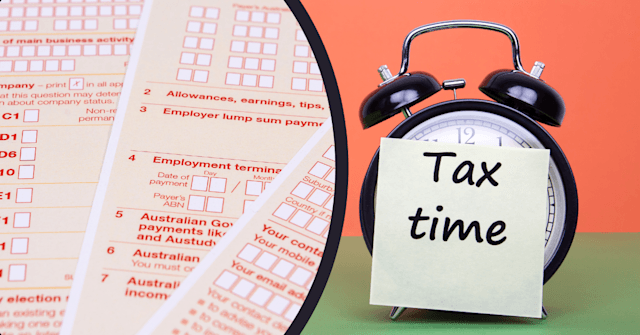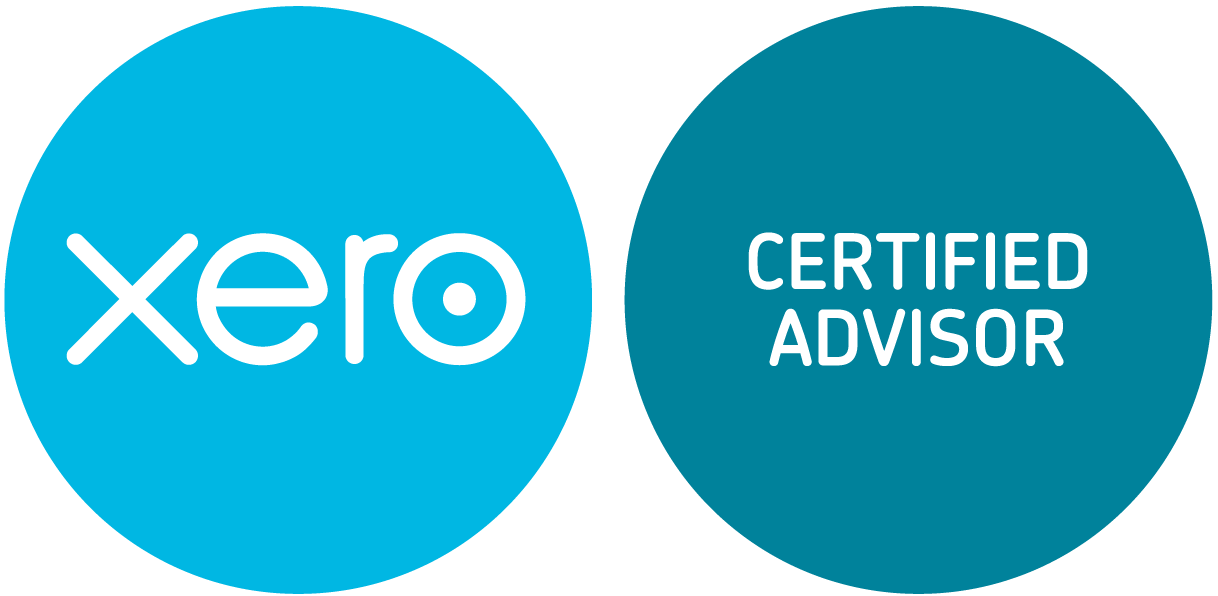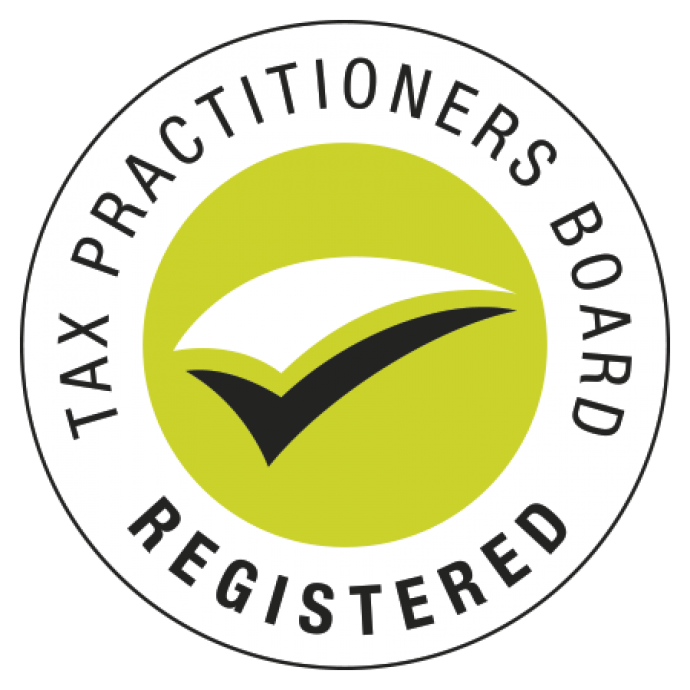ECONOMIC RESPONSE TO THE CORONAVIRUS
JOBKEEPER PAYMENT - INFORMATION FOR EMPLOYERS
Obligations on Employers
To receive the JobKeeper Payment, employers must:
- Register an intention to apply on the ATO website and assess that they have or will experience the required turnover decline.
- Provide information to the ATO on eligible employees. This includes information on the number of eligible employees engaged as at 1 March 2020 and those currently employed by the business (including those stood down or rehired). For most businesses, the ATO will use Single Touch Payroll data to pre-populate the employee details for the business.
- Ensure that each eligible employee receives at least $1,500 per fortnight (before tax). For employees that were already receiving this amount from the employer they will continue to receive their regular income according to their prevailing workplace arrangements. For employees that have been receiving less than this amount, the employer will need to top up the payment to the employee up to $1,500 per fortnight, before tax. And for those employees earning more than this amount, the employer is able to provide them with a top-up.
- Notify all eligible employees that they are receiving the JobKeeper Payment.
- Continue to provide information to the ATO on a monthly basis, including the number of eligible employees employed by the business.
Background on JobKeeper Payment
Under the JobKeeper Payment, businesses impacted by the Coronavirus will be able to access a subsidy from the Government to continue paying their employees. Affected employers will be able to claim a fortnightly payment of $1,500 per eligible employee from 30 March 2020, for a maximum period of 6 months.
Eligible employers
Employers will be eligible for the subsidy if:
- their business has a turnover of less than $1 billion and their turnover has fallen by more than 30 per cent (of at least a month); or
- their business has a turnover of $1 billion or more and their turnover has fallen by more than 50 per cent (of at least a month); and
- the business is not subject to the Major Bank Levy.
To establish that a business has faced either a 30 (or 50) per cent fall in their turnover, most businesses would be expected to establish that their turnover has fallen in the relevant month or three months (depending on the natural activity statement reporting period of that business) relative to their turnover a year earlier. Where a business was not in operation a year earlier, or where their turnover a year earlier was not representative of their usual or average turnover, (e.g. because there was a large interim acquisition, they were newly established or their turnover is typically highly variable) the Tax Commissioner will have discretion to consider additional information that the business can provide to establish that they have been significantly affected by the impacts of the Coronavirus. The Tax Commissioner will also have discretion to set out alternative tests that would establish eligibility in specific circumstances (e.g. eligibility may be established as soon as a business has ceased or significantly curtailed its operations). There will be some tolerance where employers, in good faith, estimate a greater than 30 (or 50) per cent fall in turnover but actually experience a slightly smaller fall.
The employer must have been in an employment relationship with eligible employees as at 1 March 2020, and confirm that each eligible employee is currently engaged in order to receive JobKeeper Payments.
Not-for-profit entities (including charities) and self-employed individuals (businesses without employees) that meet the turnover tests that apply for businesses are eligible to apply for JobKeeper Payments.
Eligble employees
Eligible employees are employees who:
- are currently employed by the eligible employer (including those stood down or re-hired);
- were employed by the employer at 1 March 2020;
- are full-time, part-time, or long-term casuals (a casual employed on a regular basis for longer than 12 months as at 1 March 2020);
- are at least 16 years of age;
- are an Australian citizen, the holder of a permanent visa, a Protected Special Category Visa Holder, a non-protected Special Category Visa Holder who has been residing continually in Australia for 10 years or more, or a Special Category (Subclass 444) Visa Holder; and
- are not in receipt of a JobKeeper Payment from another employer.
If your employees receive the JobKeeper Payment, this may affect their eligibility for payments from Services Australia as they must report their JobKeeper Payment as income.
Application Process
Businesses with employees
Initially, employers can register their interest in applying for the JobKeeper Payment via ato.gov.au from 30 March 2020.
Subsequently, eligible employers will be able to apply for the scheme by means of an online application.
The first payment will be received by employers from the ATO in the first week of May.
Eligible employers will need to identify eligible employees for JobKeeper Payments and must provide monthly updates to the ATO.
Participating employers will be required to ensure eligible employees will receive, at a minimum, $1,500 per fortnight, before tax.
It will be up to the employer if they want to pay superannuation on any additional wage paid because of the JobKeeper Payment.
Further details for businesses for employees will be provided on
ato.gov.au.
Businesses without employees
Businesses without employees, such as the self-employed, can register their interest in applying for JobKeeper Payment via ato.gov.au from 30 March 2020.
Businesses without employees will need to provide an ABN for their business, nominate an individual to receive the payment and provide that individual’s Tax File Number and provide a declaration as to recent business activity.
People who are self-employed will need to provide a monthly update to the ATO to declare their continued eligibility for the payments. Payment will be made monthly to the individual’s bank account.
Further details for the self-employed will be provided on ato.gov.au.
Employer with employees on different wages
Adam owns a real estate business with two employees. The business is still operating at this stage but Adam expects that turnover will decline by more than 30 per cent in in the coming months. The employees are:
- Anne, who is a permanent full-time employee on a salary of $3,000 per fortnight before tax and who continues working for the business; and
- Nick, who is a permanent part-time employee on a salary of $1,000 per fortnight before tax and who continues working for the business.
Adam is eligible to receive the JobKeeper Payment for each employee, which would have the following benefits for the business and its employees:
- The business continues to pay Anne her full-time salary of $3,000 per fortnight before tax, and the business will receive $1,500 per fortnight from the JobKeeper Payment to subsidise the cost of Anne’s salary and will continue paying the superannuation guarantee on Anne’s income;
- The business continues to pay Nick his $1,000 per fortnight before tax salary and an additional $500 per fortnight before tax, totalling $1,500 per fortnight before tax. The business receives $1,500 per fortnight before tax from the JobKeeper Payment which will subsidise the cost of Nick’s salary. The business must continue to pay the superannuation guarantee on the $1,000 per fortnight of wages that Nick is earning. The business has the option of choosing to pay superannuation on the additional $500 (before tax) paid to Nick under the JobKeeper Payment.
Adam can register his initial interest in the scheme from 30 March 2020, followed subsequently by an application to ATO with details about his eligible employees. In addition, Adam is required to advise his employees that he has nominated them as eligible employees to receive the payment. Adam will provide information to the ATO on a monthly basis and receive the payment monthly in arrears.
Employer with employees who have been stood down without pay
Zahrah runs a beauty salon in Melbourne. Ordinarily, she employs three permanent part time beauticians, but the government directive that beauty salons can no longer operate has required her to shut the business. As such she has been forced to stand down her three beauticians without pay.
Zahrah’s turnover will decline by more than 30 per cent, so she is eligible to apply for the JobKeeper Payment for each employee, and pass on $1,500 per fortnight before tax to each of her three beauticians for up to six months. Zahrah will maintain the connection to her employees, and be in a position to quickly resume her operations.
Zahrah is required to advise her employees that she has nominated them as eligible employees to receive the payment. It is up to Zahrah whether she wants to pay superannuation on the additional income paid because of the JobKeeper Payment.
If Zahrah’s employees have already started receiving income support payments like the JobSeeker Payment when they receive the JobKeeper Payment, they should advise Services Australia of their change in circumstances online at my.gov.au or by telephone.
Register your interest
You don’t need to phone the ATO. You can register your interest below and the ATO will send you updates.
JOBKEEPER PAYMENT - INFORMATION FOR EMPLOYEES
Employee Obligations
Employees will receive a notification from their employer that they are receiving the JobKeeper Payment. The majority of employees will need to do nothing further.
Employees in the following circumstances will have additional obligations.
- Employees that have multiple employers must notify the employer that is their primary employer.
- Employees that are not Australian citizens must notify their employer of their visa status, to allow their employer to determine if they are an eligible employee.
- Employees that are currently in receipt of an income support payment must notify Services Australia of their new income.






